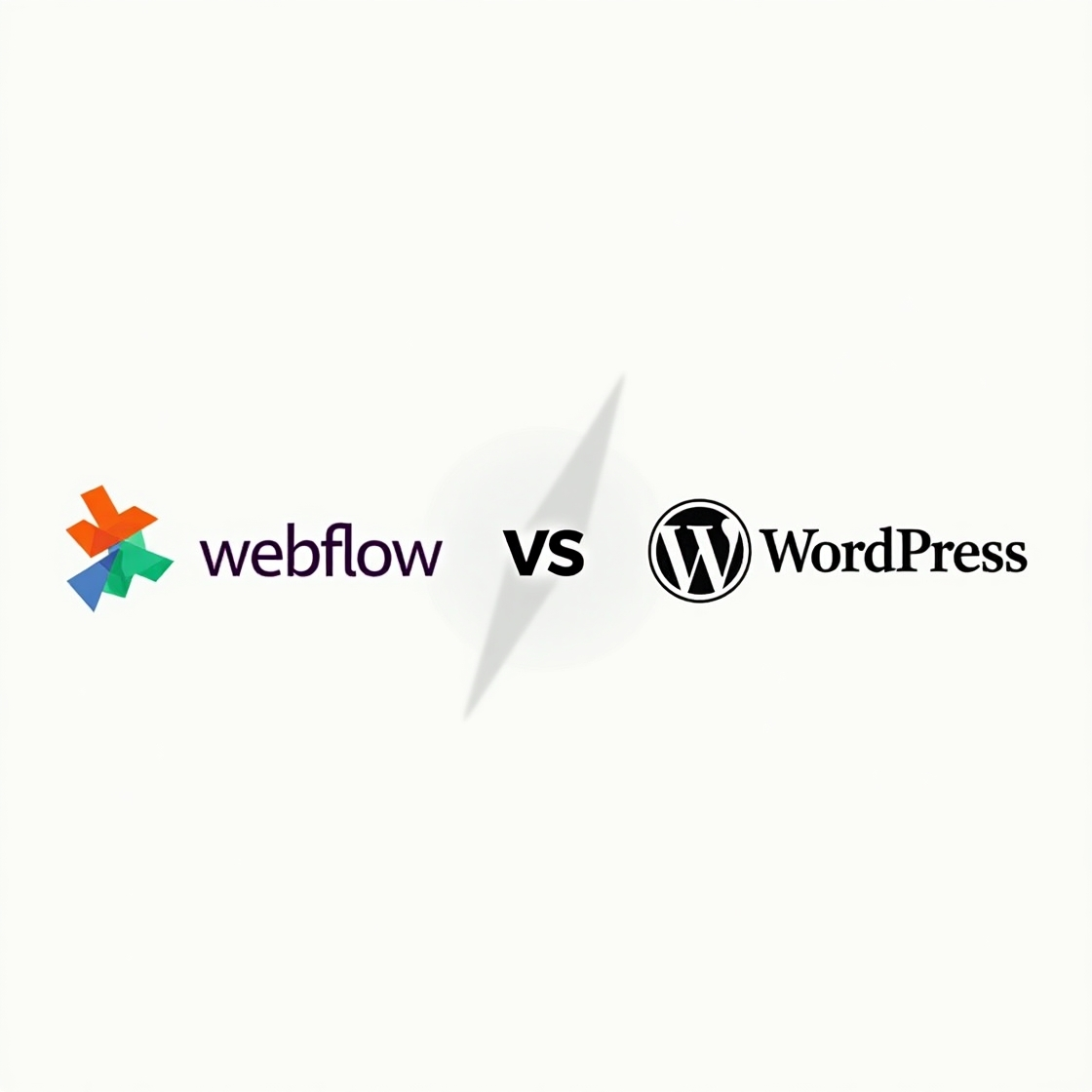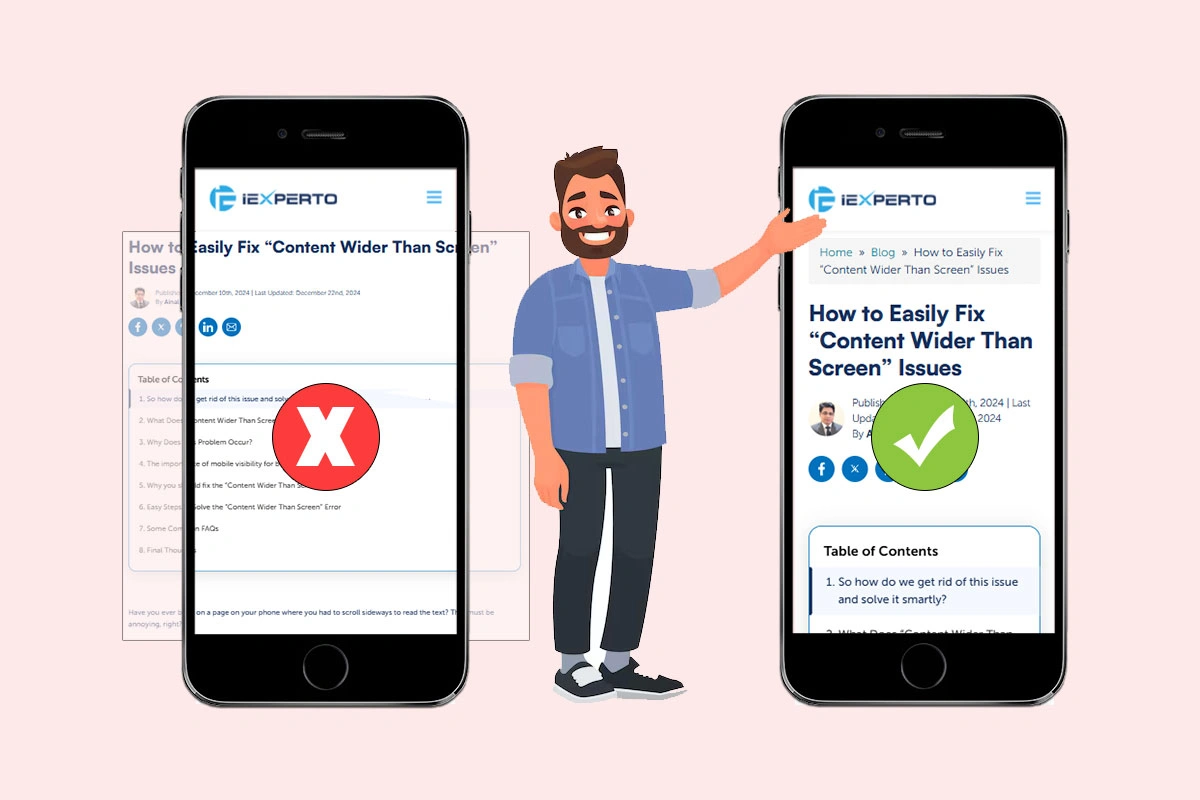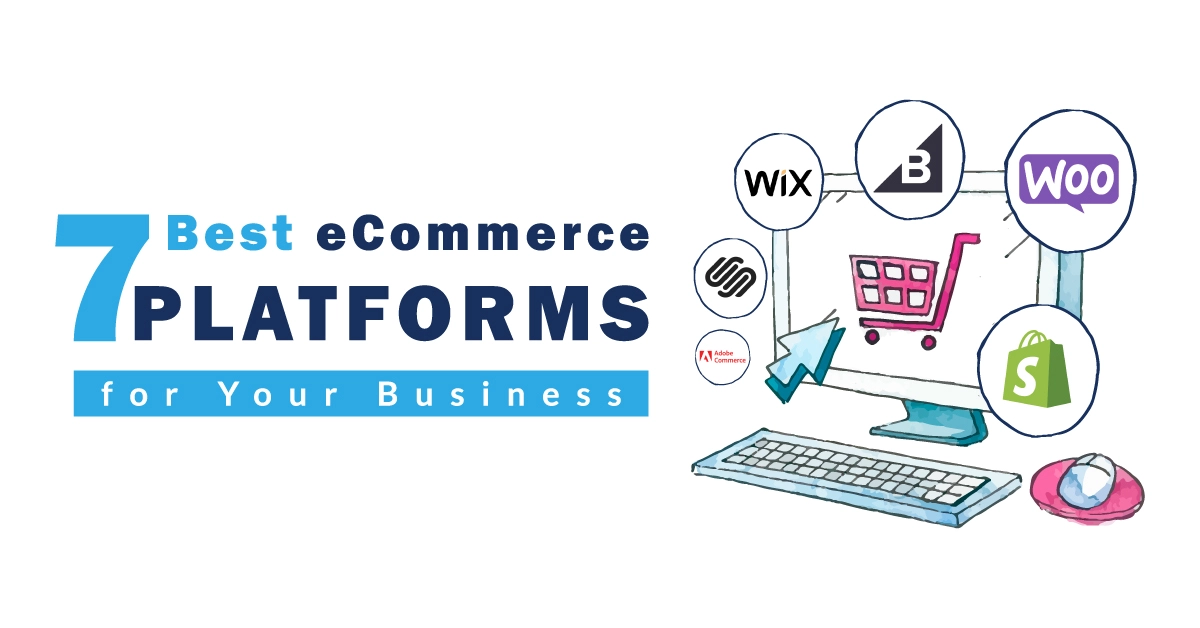WordPress Security Best Practices and Tips in 2024
Published: September 23rd, 2024 | Last Updated: February 21st, 2025
By Ainal Haq
- Understanding WordPress Security Threats
- Protecting Your WordPress Site from Rising Cyber Threats in 2024
- What are the Top Security Plugins for Protection?
- Best Practices for Security Plugins Configuration
- Advanced WordPress Security Measures (Best Practices and Security Tips)
- Data-Driven Insights: Why WordPress Security Measures Matter
- Website Backup and Recovery
- Optimizing Performance While Enhancing Security
- Common Myths About WordPress Security
- Conclusion

WordPress is the go-to platform for many, making up a huge chunk of websites worldwide.
Its popularity also makes it a prime target for hackers. That’s why securing your WordPress site is crucial—not just to protect your data, but to keep your users’ trust and ensure smooth operation.
With cyber threats evolving, WordPress sites face risks like brute force attacks, malware, and even advanced techniques like SQL injections and cross-site scripting (XSS).
So, having a solid security plan in place isn’t just smart—it’s necessary.
In this blog, we’ll dive into practical strategies to keep your WordPress site safe from these growing threats.
Understanding WordPress Security Threats
Before we explore the solutions, it’s essential to understand the common security threats that WordPress sites encounter. By being aware of these risks, you can take proactive steps to protect your site.
Common security vulnerabilities
- Brute Force Attacks: In a brute force attack, hackers use automated tools to repeatedly try different username and password combinations until they gain access to your WordPress site. Sites with weak or common passwords are especially at risk, making it essential to use strong, unique credentials.
- SQL Injections: SQL injection attacks target the database of your WordPress site. Hackers exploit vulnerabilities in your site’s code to insert malicious SQL queries. These queries can allow them to access, modify, or delete sensitive data within your database, which can lead to significant damage.
- Cross-Site Scripting (XSS): Cross-Site Scripting involves attackers injecting malicious scripts into your website’s content. When visitors load the affected pages, these scripts are executed in their browsers. This can lead to stolen user data, such as login credentials, or even unauthorized actions performed on behalf of the user.
By understanding these common security vulnerabilities, you can better prepare and implement measures to defend your WordPress site against these types of attacks.
Protecting Your WordPress Site from Rising Cyber Threats in 2024
Cyberattacks on platforms like WordPress are on the rise, with a sharp 70% increase in recent years. This means online threats are becoming more frequent and advanced, making it essential to secure your site.
Hackers are constantly finding new ways to exploit vulnerabilities, and if your security isn’t up to par, your site could be at risk for data breaches, losing customer trust, and even financial damage.
By staying proactive with your WordPress security, you can protect your site and avoid falling victim to these growing threats.
Establishing Strong Security Foundations
Building a secure WordPress site starts with basic security practices. These simple steps form a strong defense against common threats, making your site harder for hackers to target.
By following these essentials, you protect your site and provide a safer experience for your users.
Securing login credentials
Use strong passwords
Always choose passwords that are difficult to guess. Avoid using common or simple passwords. Instead, use complex combinations of letters, numbers, and special characters. Password management tools like LastPass or Dashlane can help you create and securely store these strong passwords.
Limit login attempts
Restricting the number of login attempts is a simple yet effective way to protect your site from brute force attacks. By limiting how many times someone can try to log in, you make it harder for hackers to guess your credentials. Plugins like Limit Login Attempts Reloaded can help you set these limits.
Enable two-factor authentication (2FA)
Adding two-factor authentication provides an extra layer of security. In addition to your password, 2FA requires a second form of verification, such as a code sent to your phone. This extra step can make a big difference in keeping your site secure. In fact, a study by Google found that 2FA blocks 99.9% of automated attacks.
Regular updates
Keeping everything up to date is key to WordPress security. The core WordPress software, as well as your themes and plugins, should be regularly updated. Each update usually comes with security patches that fix known vulnerabilities.
In 2023, over 39.1% of all hacked WordPress sites were found to be running outdated versions of the CMS at the time of infection.
This highlights the critical importance of keeping WordPress core files, plugins, and themes up to date to protect against known vulnerabilities.
By staying current with updates, you reduce the risk of your site being compromised.
What are the Top Security Plugins for Protection?
Security plugins are a vital part of safeguarding your WordPress site. They offer a range of tools and features designed to protect your website from various threats. By choosing the right plugins, you can significantly enhance your site’s security and ensure its safety.
Essential security plugins
Wordfence
Wordfence is one of the most popular security plugins for WordPress. It provides a comprehensive set of features, including a firewall to block malicious traffic, a malware scanner that checks your site for infections, and live traffic monitoring to detect suspicious activity in real-time. Wordfence is highly effective, blocking over 4 billion brute force attacks every month, making it an excellent choice for securing your site.
Sucuri
Sucuri offers robust protection for your website, including a powerful website firewall that defends against various threats, continuous monitoring to track your site’s security status, and malware cleanup services to help you recover if your site is affected. Sucuri is particularly effective in protecting against Distributed Denial of Service (DDoS) attacks, which can flood your site with traffic and cause it to crash.
Jetpack security
Jetpack is a versatile plugin that provides a comprehensive suite of security features. It includes automated backups to ensure your data is safe, malware scanning to detect harmful code, and brute force attack protection to prevent unauthorized access. Jetpack is an all-in-one solution for WordPress sites, offering both security and peace of mind with its extensive features.
iThemes security
iThemes Security is another powerful plugin that focuses on strengthening your WordPress site against attacks. It offers features like two-factor authentication, file change detection, and the ability to enforce strong passwords. Additionally, it provides brute force protection and database backups. iThemes Security is user-friendly and offers a range of tools to help you secure your site effectively.
All in one WP security & firewall
This plugin is known for its ease of use and comprehensive security features. It includes a firewall, login protection, and file integrity monitoring. The plugin also offers a security scanner to detect vulnerabilities, as well as options to enforce strong passwords and limit login attempts. All In One WP Security & Firewall is a great choice for users looking for a free and powerful security solution.
MalCare
MalCare is a security plugin that focuses on providing real-time protection for your WordPress site. It offers an automatic malware scanner that runs daily and alerts you of any suspicious activity. MalCare also includes a firewall, login protection, and an easy one-click malware removal feature. It’s an excellent option for users who want proactive security measures with minimal manual intervention.
These plugins collectively offer a robust defense for your WordPress site, helping to protect against a wide range of threats and ensuring that your website remains secure.
By implementing these tools, you can significantly reduce the risk of attacks and keep your site safe for your users.
Best Practices for Security Plugins Configuration
Configuring your security plugins properly is crucial to ensure they provide the best protection for your WordPress site. Here are some simple but effective practices to follow:
Set up firewall rules
A firewall is like a shield for your website. It blocks harmful traffic and prevents threats from reaching your site.
Setting up strong firewall rules helps protect your site from attacks by filtering out malicious visitors before they can do any harm. This is a basic yet essential step to keep your website safe.
Schedule regular scans
Regularly scanning your site for malware and vulnerabilities is important to catch problems early. By scheduling these scans, you can detect and fix any issues before they cause serious damage.
Many security plugins allow you to automate these scans, making it easier to keep your site secure without having to remember to do it manually.
Enable security alerts
Security alerts are notifications that let you know if something suspicious is happening on your site. By enabling these alerts, you can respond quickly to potential threats.
This could include unusual login attempts, changes to critical files, or other warning signs of a security issue. Configuring your plugins to send these alerts helps you stay on top of your site’s security and take action as needed.
These practices are straightforward but highly effective in enhancing the security of your WordPress site. By setting up firewalls, scheduling regular scans, and enabling security alerts, you can significantly reduce the risk of your site being compromised.
Advanced WordPress Security Measures (Best Practices and Security Tips)
While basic security measures are essential, there are more advanced steps you can take to significantly enhance your WordPress site’s protection.
These strategies focus on securing critical components of your website, making it much harder for hackers to breach your defenses.
1. Change the default database prefix
By default, WordPress uses “wp_” as the prefix for all database tables. This is well-known by hackers and makes your site more vulnerable to SQL injection attacks, where malicious code is inserted into your database.
To make it harder for attackers, you should change this prefix to something unique. For example, you could use a random combination of letters and numbers. This small change adds an extra layer of security to your site.
2. Secure wp-config.php
The wp-config.php file holds critical information about your WordPress site, including database credentials and authentication keys. If this file is compromised, your entire site could be at risk.
To protect it, move wp-config.php to a non-public directory, making it harder for hackers to access. Additionally, restrict access to this file by adding rules in your .htaccess file. This simple step helps protect your site’s most sensitive data.
3. SSL certificates and HTTPS
Using an SSL certificate is essential for securing the data exchanged between your website and its visitors. SSL encrypts the data, making it much harder for hackers to intercept or alter the information. Google also considers HTTPS as a ranking factor, so using SSL can boost your site’s SEO as well.
Platforms like Let’s Encrypt offer free SSL certificates, which are easy to install and provide strong encryption. Ensuring that your site uses HTTPS not only secures your users’ data but also helps improve your search engine rankings.
4. Monitoring and logging activity
Keeping a close eye on your site’s activity is crucial for detecting and responding to potential security threats early.
- Activity logs
Activity logs track every action that takes place on your site. By using plugins like WP Security Audit Log, you can maintain detailed records of changes made to your site, such as user logins, file modifications, and plugin updates.
Regularly reviewing these logs allows you to spot unusual activity that could indicate a security issue, such as unauthorized access or attempted hacks.
- Automated alerts
Setting up automated alerts is a proactive way to stay informed about any suspicious activity on your site. These alerts can notify you of critical events, such as multiple failed login attempts or unexpected changes to important files.
By receiving real-time notifications, you can quickly investigate and address potential threats before they cause significant damage.
Data-Driven Insights: Why WordPress Security Measures Matter
According to IBM’s 2021 Cost of a Data Breach Report, the average cost of a data breach was $4.24 million in 2021, the highest ever recorded at the time.
This increase was attributed to various factors, including the growing shift to remote work during the pandemic, which made security challenges more difficult for many organizations.
While this figure varies based on the size and type of business, it highlights the financial impact that a security breach can have.
Additionally, research by Google showed that over 70% of users expect secure browsing experiences, and sites using HTTPS are more likely to be trusted by visitors.
Implementing these advanced security measures not only strengthens your WordPress site but also helps prevent costly breaches and maintains user trust.
By securing your database, protecting critical files, ensuring encrypted communication, and monitoring site activity, you create a robust defense against a wide range of threats.
These steps are vital for keeping your WordPress site safe and secure in an increasingly dangerous online environment.
Website Backup and Recovery
Even with the best security practices in place, there’s always a risk that something could go wrong. That’s why having a reliable backup and recovery plan is essential.
Importance of regular backups
Regular backups ensure that you can quickly restore your site to its previous state in the event of a security breach. There are different types of backups to consider:
- Full backups: A complete copy of your website, including all files and the database.
- Incremental backups: Only backs up changes made since the last backup, saving time and storage space.
- Differential backups: Backs up all changes made since the last full backup.
Recommended backup plugins
- UpdraftPlus: Allows for scheduled backups, with options to store backups in the cloud (e.g., Google Drive, Dropbox). It also supports easy restoration.
- BackupBuddy: Provides a complete backup solution, including automated backups, malware scanning, and easy migration.
Steps to take after a breach
If your site is compromised, it’s important to act quickly:
- Restore From a Backup: If you have recent backups, restore your site to a state before the breach occurred.
- Change All Passwords: Update your WordPress login credentials and any associated accounts (e.g., hosting, FTP).
- Conduct a Post-Breach Audit: Identify the source of the breach, fix the vulnerability, and strengthen your security measures to prevent future attacks.
Optimizing Performance While Enhancing Security
Security and performance are both critical, and it’s important to strike a balance between the two.
Balancing security with site speed
While security measures are necessary, some can slow down your site. To avoid this:
- Use Lightweight Plugins: Choose security plugins that are efficient and don’t bloat your site with unnecessary features.
- Optimize Images and Caching: Use tools like WP Smush and W3 Total Cache to optimize images and enable caching, improving load times without compromising security.
Using content delivery networks (CDNs)
CDNs can improve your site’s speed by distributing content across multiple servers worldwide. They also offer security benefits by protecting against DDoS attacks.
- Cloudflare: Offers both free and premium CDN services with built-in security features.
- Sucuri CDN: Provides a global CDN network with integrated security, including firewall protection and DDoS mitigation.
Common Myths About WordPress Security
There are several misconceptions about WordPress security that need to be addressed.
Clearing up misconceptions
- “Only Big Sites Get Hacked”: In reality, hackers often target smaller sites because they’re less likely to have strong security measures in place.
- “Security Plugins Are Enough”: While security plugins are helpful, they should be part of a broader security strategy that includes regular updates, strong credentials, and backups.
Conclusion
Securing your WordPress site is an ongoing process that protects your data and user trust. With cyber threats growing, it’s crucial to stay proactive.
By following the strategies we’ve covered—from basic steps to advanced measures—you’ll significantly lower your risk of attacks.
Remember, security isn’t a one-time thing. Regular updates, monitoring, and staying informed about new threats are essential to keeping your site safe.
Taking these steps not only protects your site but also builds trust with your users.
Start today, and enjoy the peace of mind that comes with a secure WordPress site.





